WaterViews | United Kingdom
In the United Kingdom, the depletion of natural resources and water issues are regarded as two serious environmental issues.
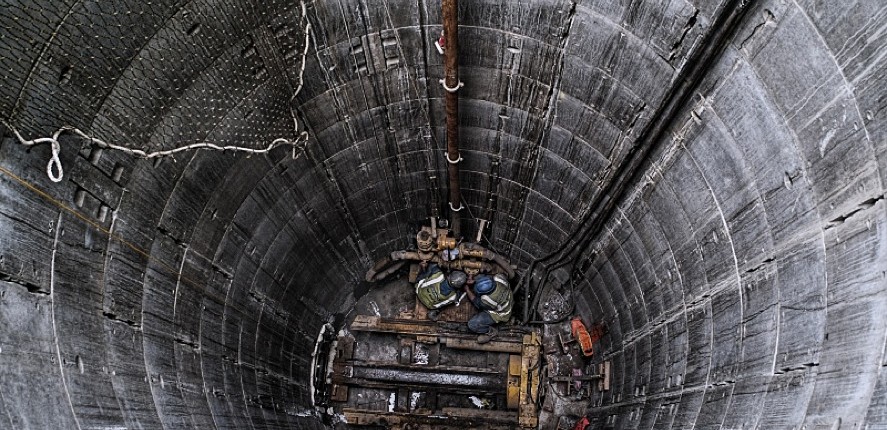
Circle of Blue Reports
Photographs by Sam Faulkner/Contact Press Images
In the United Kingdom, the depletion of natural resources is considered the most serious environmental problem. Water issues are also regarded as serious issues by Britons, particularly the lack of safe drinking water. The citizens of the U.K. are split on feeling empowered; half agree that water problems are too large for individuals to help with, while the other half disagrees. Britons hold the government the most responsible for ensuring clean community water supply. Large companies are held less responsible, though 77 percent agree that help from companies is needed to solve drinking water problems.
When prompted on eight environmental issues, Britons consider water pollution and fresh water shortages serious, but not quite as serious as issues such as the depletion of natural resources and loss of plant and animal species. Nearly all Britons surveyed (97 percent) agree that it is important for all people to have adequate, affordable drinking water. Ninety-three percent worry that fresh water shortages will become an increasingly severe problem worldwide.
Majorities demonstrate concern for particular water issues in the United Kingdom. Lack of safe drinking water is a primary concern (61 percent are very concerned), along with water pollution (53 percent). Less than a majority of Britons are very concerned about the lack of water for agriculture and the high cost of water.
When asked who should be held responsible for ensuring clean water in communities, 62 percent of respondents believe water companies should bear complete responsibility. In addition, 47 percent believe government should be held completely responsible. Although less than a majority places responsibility on large companies (38 percent), 77 percent of respondents agree that help from companies is needed to solve drinking water problems.
Half of Britons believe individuals have the ability to contribute to the solution when addressing water shortages. Sixty-nine percent of Britons indicate they need more information before they would feel able to help protect water.
Survey analysis provided by GlobeScan in cooperation with Circle of Blue. Download the complete GlobeScan/Circle of Blue Report [pdf].
 United Kingdom by the Numbers
United Kingdom by the Numbers
- Population: 61,113,205
- Population Demography: 90% urban | 10% rural
- GDP per Capita: US $36,600
- Access to Safe Drinking Water: 100% urban | 100% rural
- Access to Sanitation: 100% urban | 100% rural
- Daily Domestic Water Use: 119 L/day
- Water Use by Sector: 22% domestic | 75% industrial | 3% agricultural
United Kingdom: Country Profile
The United Kingdom – England, Wales, Scotland and Northern Ireland – is surrounded by saltwater, but has a much more finite supply of fresh water. While Scotland is abundant in water, people in England and Wales have only 1,334 cubic meters per person a year – less than the hot Mediterranean countries of Italy, Spain and Egypt.
The combined effects of steady demographic growth, high population density, river pollution and climate change put additional pressure on the country’s water resources. With 90 percent of the population living in cities, the demand for water will continue to grow. In 2008 the average person used at least 160 liters, or about 50 percent more than 25 years ago.
In addition, climate change could reduce the amount of water available by 10-15 percent by 2020, according to U.K.’s Environment Agency. Record droughts and floods now alternate in the country. In 2006, 18 million people faced water use restrictions in South East England because of droughts. In contrast, in 2007 the Thames River broke its banks as a result of heavy rain.
London, where more than 50 percent of drainage and sewage overflow problems in England occur, is particularly vulnerable to flooding. The city’s population puts constant pressure on the Victorian sewage system, which was built in the 19th century as an engineering masterpiece that had to cope with increasing sewer flows. In 1858, at the time of the Great Stink, parliamentarians had to vacate the House of Commons and relocate to Oxford because of the stench of the nearby River Thames — then used as an open sewer. Today, heavy rains can easily overwhelm the system and cause sewage overflows.
The United Kingdom is in the process of implementing and meeting the goals of the Water Framework Directive — the European Union legislation that aims to protect and enhance the quality of Europe’s waters.
Circle of Blue provides relevant, reliable, and actionable on-the-ground information about the world’s resource crises.

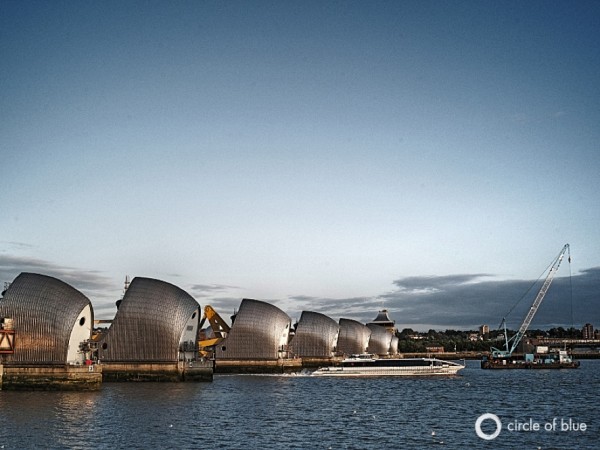
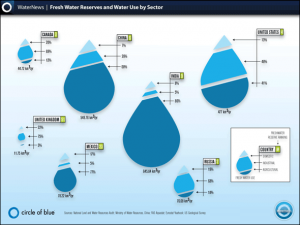


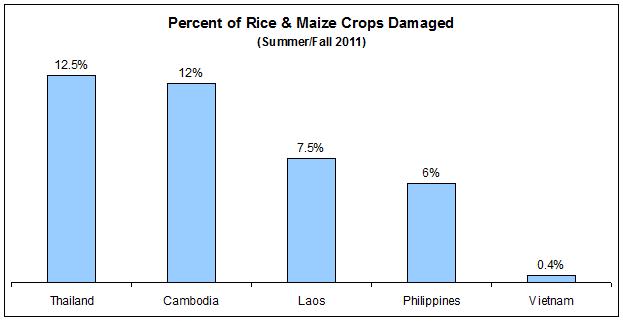


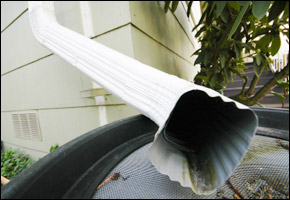


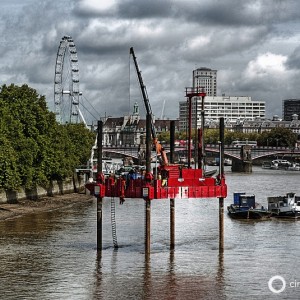
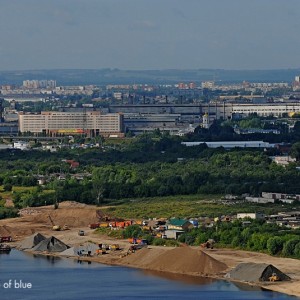
Without background information, the survey results are difficult to interpret. Water supply in England is fully privatised regulated by government agencies. The private companies are held responsible for supply of drinking water to consumers’ taps subject to inspection and standard setting of the government’s Drinking Water Inspectorate. Both have responsibilities. Drinking water standards are high and it is rare for tap water direct from the mains to be non potable. The decline in consumption of freshwater following the collapse of heavy manufacturing has freed up supply, offsetting population increase and rising domestic consumption. Most agriculture is rain fed. Excessive use of fertiliser causes nitrate pollution in some water bodies.